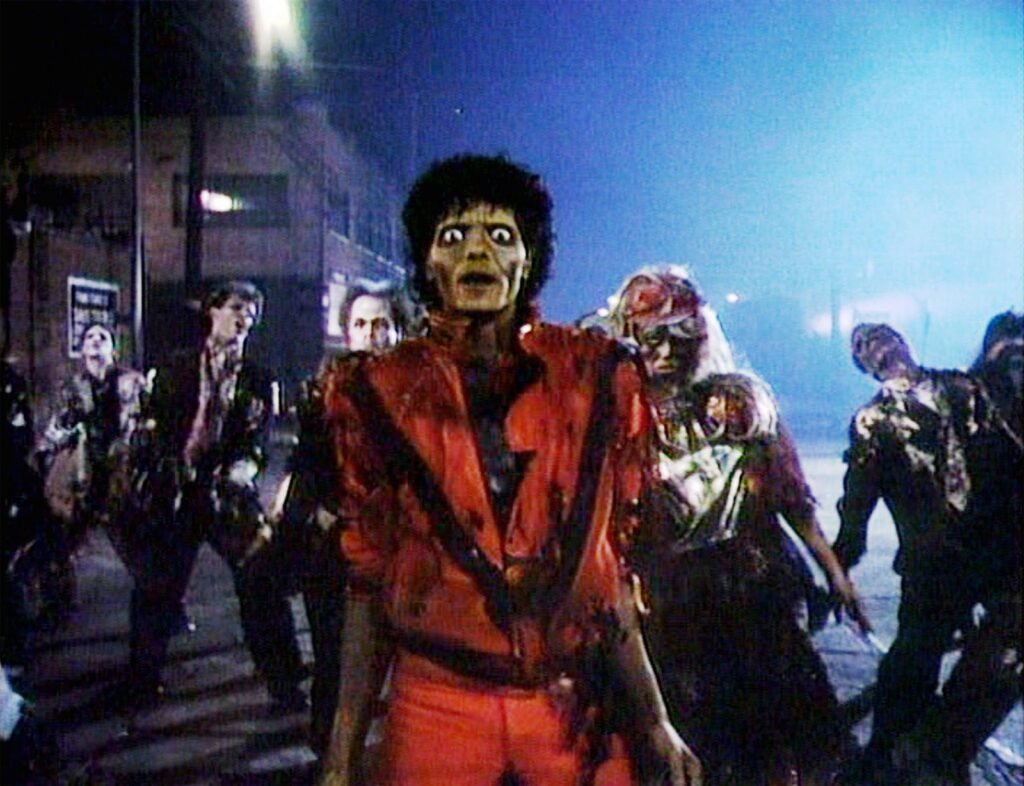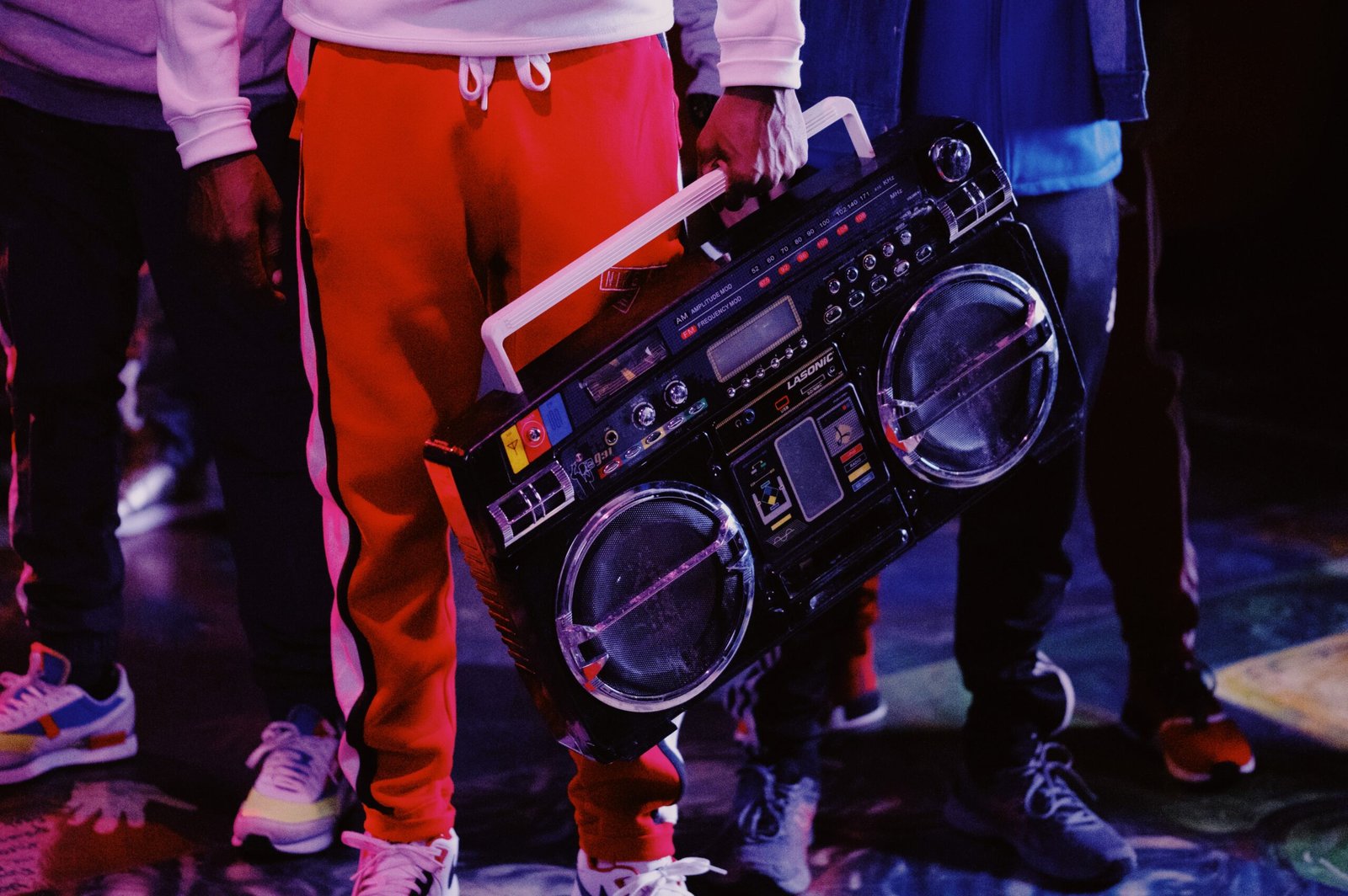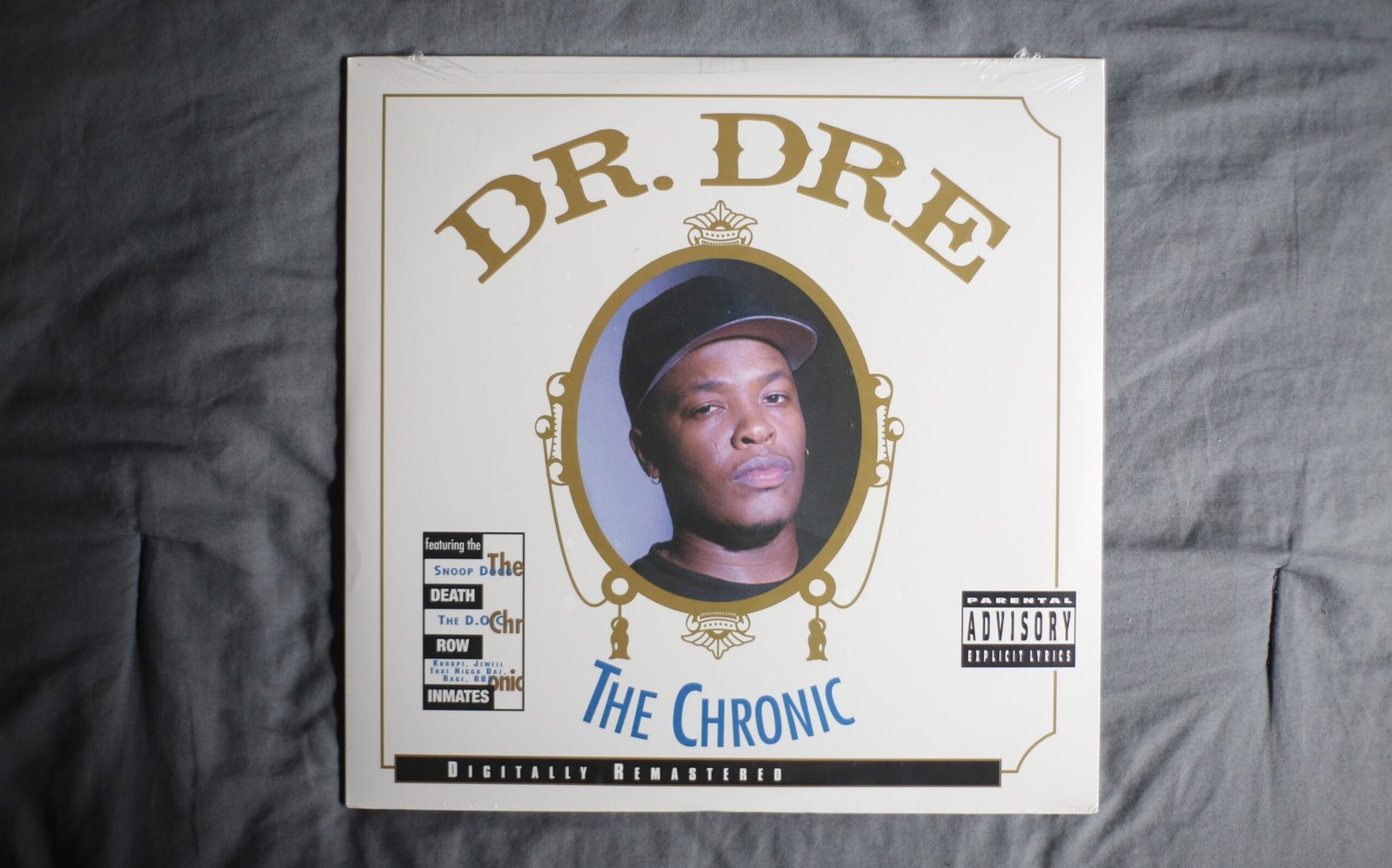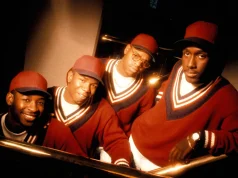As an undeniable zeitgeist of the 80s, Michael Jackson’s ‘Thriller’ era not only reconfigured the scope of the music industry but also left an indelible imprint on global popular culture. Spanning from the meticulous creation process with legendary producer Quincy Jones to the profound cultural implications it set in motion, this epoch was unprecedented in its magnitude and significance. The Thriller epoch distinguished itself with Michael Jackson’s unique style and fashion although it was also mired in its share of controversies and legal issues. This multifaceted exploration delves into the heart of Michael Jackson’s most iconic era, shedding light on its impact, evolution, and the intricate factors that made it a cultural phenomenom.
The Creation of Thriller
The Dream Team: Michael Jackson and Quincy Jones
The recipe for the monumental success of ‘Thriller’ cannot be discussed without mentioning the team-up of two music industry powerhouses: Michael Jackson and producer Quincy Jones. Their collaboration for the album can be traced back to when they worked together for Jackson’s 1979 album, ‘Off the Wall’. During the recording of ‘Off the Wall’, Jackson and Jones established a fruitful creative partnership. Jackson’s musical brilliance and Jones’ vast industry experience formed a unique synergy that led them to revisit their partnership for ‘Thriller’.
Abandoning Conventional Sounds and Cultivating Innovation
Throughout the production of ‘Thriller’, Jackson and Jones ventured away from the conventional sounds and genres mainstream at the time and began integrating a wide range of music styles including pop, post-disco, rock and funk. Experimentation was a staple in their creation process with Jones using a variety of instruments from synthesizers to drum machines to create a revolutionary sonic experience. Jackson’s vocal brilliance and Jones’ knack for unique instrumentation together resulted in an innovative sound that was unheard of in contemporary music.
The Creation of Iconic Songs
A significant part of the ‘Thriller’ era was the creation of iconic songs that would continue to reverberate in the music industry decades later. The title track, ‘Thriller’, exemplified Jackson’s knack for dramatic storytelling. Then there’s ‘Billie Jean’, a song that took over 91 mixes to achieve the desired sound and became a landmark single for its bass-driven, minimalist production. ‘Beat It’, another standout track, saw the fusion of strong rock elements into a pop song – a daring move at the time. This innovative approach to music making led to ‘Thriller’ becoming one of the best-selling albums in history.
The Input of Involved Musicians and Writers
While Jackson and Jones were undoubtedly the driving force behind ‘Thriller’, the album was also the result of a collective effort involving numerous talented musicians and writers. Rod Temperton, the British songwriter, penned the title track and ‘Baby Be Mine’. Steve Porcaro and John Bettis wrote ‘Human Nature’, showcasing a gentler, more introspective side to Jackson’s music. Musicians like Eddie Van Halen (the classic solo in ‘Beat It’) and Paul McCartney (guest vocals on ‘The Girl Is Mine’) also contributed to the final product.
Facing the Challenges to Create ‘Thriller’
Life wasn’t a smooth ride on the way to creating ‘Thriller’. Extraordinary ambition and a colossal scale meant long hours inside the studio and intense sessions of rehearsal were necessary. In their hunt for the perfect sound, looming technical barriers needed to be pushed and adjusted. There was a unique mix of musical genres, each requiring clever navigation through a sea of artistic hurdles, to shape a smooth-running, harmonious album.
The Cultural Impact of Thriller
‘Thriller’: A Revolutionary Leap in Music Video Production
The birth of the Thriller era heralded the dawn of trailblazing music videos that inspired future formats and established standards for upcoming artists. For Michael Jackson, his work was not just about producing music, but crafting full-scale cinematic wonders. His title track ‘Thriller’ delivered a seismic shift to the music video landscape. Deftly directed by the infamous film director John Landis, this mini-movie of 14 minutes unfolded a layered plot, punchy dialogue, and deftly choreographed dance movements, raising the bar for all music videos to come.
Breaking Racial Barriers on MTV
In a time when MTV was predominantly airing videos by white musicians, Michael Jackson broke through racial barriers with the ‘Thriller’ album. Despite initial reluctance, the channel’s decision to heavily air ‘Billie Jean’ and later ‘Beat It’ marked a watershed moment in the representation of black artists on mainstream music channels. Michael Jackson was fundamental to the diversification of MTV’s playlist, as his boundary-pushing videos proved irresistible to audiences, irrespective of their ethnic background. Their success pushed the channel to encompass a broader range of music and began the transformation of MTV into a global platform for all genres and artists.
Thriller and 1980s Popular Culture
Michael Jackson’s Thriller also played a significant role in shaping popular culture in the 1980s. The red leather jacket he wore in the ‘Thriller’ music video became an iconic fashion statement, inspiring a worldwide trend. His dance moves, especially the moonwalk, captured the public’s imagination and profoundly affected dance trends in the 80s. Beyond dance and fashion, Jackson’s record-breaking album sales turned him into an international mega-star, making him one of the defining figures of the decade. His distinctive style, energetic performances, and innovative music videos were pivotal in creating the distinct visual and audio aesthetic we associate with the 80s.
A Revolutionary Impact on the Music Industry
‘Thriller’ was not just another album but a musical revolution that caused a significant seismic shift in the music industry. Reigning at No. 1 spot on the Billboard 200 chart for a staggering 37 weeks, the record-breaking album sold over 100 million copies worldwide. Its popularity transcended further, bagging an astounding eight Grammy Awards in 1984. Through the seamless blending of genres like pop, rock, funk, and R&B, Jackson nailed a formula that was to become a blueprint for future popular music. This successful endeavor catapulted him from a mere pop star to the throne as the ‘King of Pop’. The awe-inspiring Thriller phenomenon set a new benchmark artistically and commercially for what was achievable in the music world.
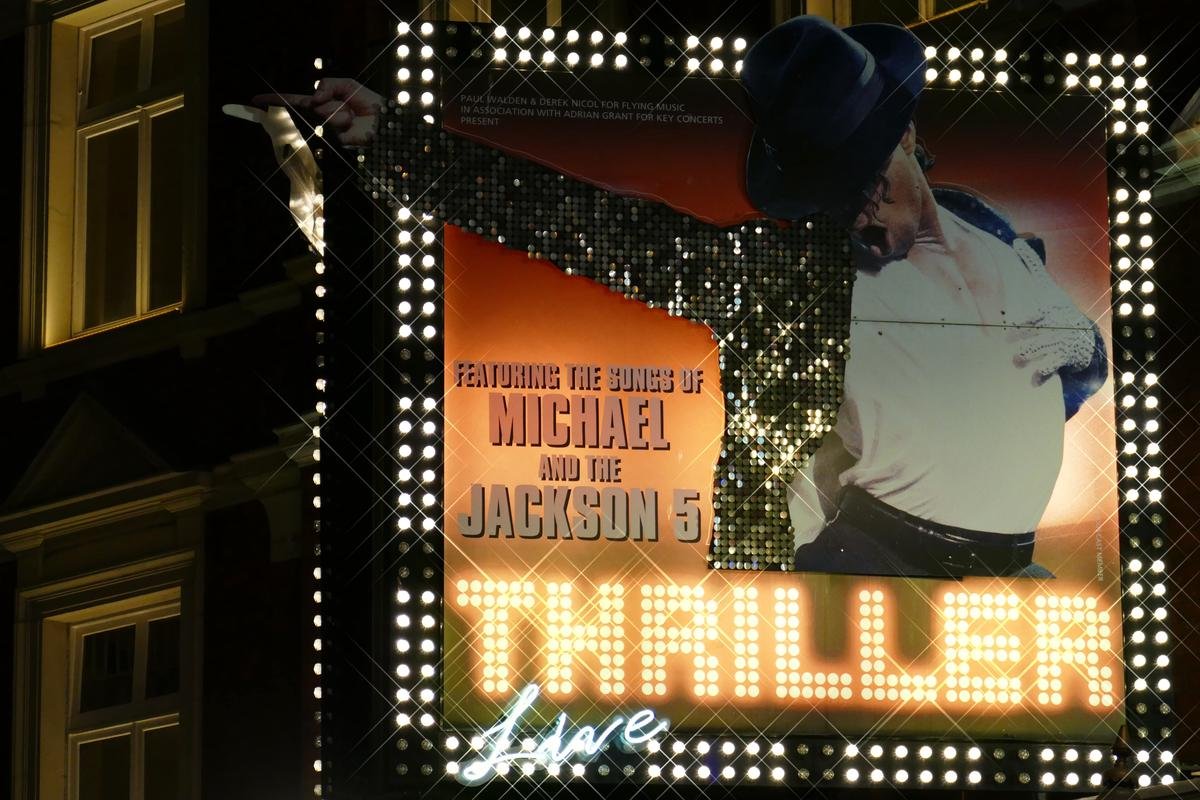
Photo by callmefred on Unsplash
The Style and Fashion of the Thriller Era
An Epoch of Iconic Fashion: The Thriller Era
The Thriller era is not just remembered for its groundbreaking music but also the unforgettable fashion that it represented, courtesy of the King of Pop, Michael Jackson. The mid-1980s, marked by the release of ‘Thriller’, witnessed Michael creating new waves in the world of fashion – ones that were as iconic as the man himself. His most identifiable attire from the Thriller era is the flashy red leather jacket decorated with black v-shaped stripes. The jacket was an essential aspect of his pop-star persona, and it was quickly adopted as a fashion statement by fans around the globe.
This voguish jacket was a creation of fashion designer Deborah Nadoolman Landis. It was designed to be catchy and easily recognizable even in long shots during the music video. Understanding Jackson’s desire to be identifiable even to fans without high-definition televisions, Landis came up with the high contrast design and added the v-lines to further accentuate Jackson’s distinguished waist movements during dance sequences.
In addition to the iconic jacket, the Thriller era saw the debut of Jackson’s distinctive single white sequined glove, black fedora, and black loafers paired with white socks. These unique pieces not only became staples in his wardrobe but also underscored his individualism and originality, etching his indelible mark in the fashion industry.
Dance Moves and Choreography
Along with his exceptional fashion statements, the Thriller era was also marked by the evolution of Jackson’s dance moves. The Thriller music video choreography, created by Michael Peters and Jackson himself, included theatrical zombie-inspired moves that have remained a benchmark in pop history, such as the now-iconic “Thriller dance”.
The zombie dance in particular was a pivotal moment in dance history, with its movement displaying a fusion of jazz, mainstream dance, and funk styles. Its popularity was unprecedented, leading to fans worldwide imitating the choreography. Following the release of the Thriller music video, the zombie dance became a cultural symbol of the 1980s and subsequently, of Michael Jackson himself.
These revolutionary dance moves extended beyond just the Thriller music video. Jackson’s moonwalk, debuted during a live performance of “Billie Jean” for the Motown 25: Yesterday, Today, Forever television special, has remained one of the most celebrated dance moves in popular culture. The smooth gliding motion, which appeared as if Jackson was walking forward while traversing backwards, became another quintessential part of Jackson’s dance repertoire during the Thriller era.
Influence and Impact
Taking both clothing and dance aspects into account, Jackson’s iconic fashion choices and dance moves from the Thriller era significantly influenced his fans and the fashion industry. His red leather jacket and single sequin glove became popular fashion trends during the 1980s, with his fans emulating the look. Designers and fashion brands often refer back to Jackson’s Thriller-era style, signifying the lasting influence of his style and fashion in the industry.
Similarly, Jackson’s dance moves, especially the Thriller zombie dance and the moonwalk, have continued to inspire dancers, choreographers, and artists all over the world. The choreography from the Thriller video is often replicated in dance classes, flash mobs, and music videos, exemplifying its lasting popularity and influence in modern pop culture.
The Thriller Phenomenon
Iconic for a fusion of style and performance, Michael Jackson’s Thriller era reshaped the pop culture landscape. This period unveiled groundbreaking dance moves and unique fashion senses, creating an everlasting persona that not only epitomized the era, but also left an indelible mark on music, fashion, and dance industries.
The Controversies and Legal Issues of the Thriller Era
The Magnifying Glass of Stardom
Following Michael Jackson’s meteoric rise to stardom with the fruition of his iconic ‘Thriller’ album in 1982, media’s fascination in his personal affairs intensified. Consequently, Jackson found himself under extreme media glare. Every aspect from his transforming physical appearance, unusual lifestyle to complex relations faced ruthless dissection by press and public alike. The persistent speculations and rumormongering forced Michael onto a perennial defensive stance, eventually driving him towards a progressively reclusive way of life.
Allegations and Scandal
The first significant allegation faced by Michael Jackson came at the height of his ‘Thriller’ success; in 1984. A spate of stories involving his relationships with younger friends began to circulate. The most publicized was his friendship with actor Corey Feldman, a relationship that, according to Feldman, was never inappropriate. However, the perception of these relationships furthered the public’s curiosity and suspicion.
Media Portrayal
The media portrayal of Michael Jackson during the ‘Thriller’ era was largely unforgiving and biased. The tabloid press coined terms like “Wacko Jacko,” reflecting a lack of empathy toward the trials Jackson was enduring both professionally and personally. This kind of treatment by the press often led to skewed public opinions about Jackson.
Michael’s Changing Appearance
As Jackson moved further into the ‘Thriller’ era, his physical appearance began to significantly change. His skin tone lightened, and his features became dramatically more delicate. Jackson blamed these changes on the skin condition vitiligo and necessary surgeries due to injuries. However, the speculation that his changing appearance was the result of multiple cosmetic surgeries ran rampant in the media and public discourse.
Impact on Career and Music
Despite the challenges brought by his fame and scrutiny, Jackson’s music continued to thrive. The controversy surrounding his life seemed to stoke interest in his work rather than diminish it. His ability to channel his experiences into his music created some of his most remembered and celebrated works. However, the ongoing media attention would eventually take its toll on his mental health in the coming years.
Long-Term Effects on Public Image
The controversies and legal issues that emerged during the ‘Thriller’ era had a lasting impact on Jackson’s public image. His eccentricities, combined with the unrelenting media scrutiny, allegations, and speculation about his changing appearance, all contributed to framing his public perception. The once-pop darling evolved into a controversial figure, but his impact on pop culture and music remained undeniable. Despite all these setbacks, many still remember Jackson for his unparalleled contribution to the music industry.
The Thriller era, drenched in ground-breaking innovation, cultural shifts, and personal trials, was emblematic of both the highs and the inevitable lows of phenomenal stardom. Extraordinary in its outreach, the period undeniably shattered previous understandings of what music could achieve and how it was perceived, transcending borders and influencing millions. Yet, it was a period marked by an intense spotlight on Jackson’s personal life, illustrating the demanding price of global renown. The Thriller era remains entrenched in our collective memory, a testament to Michael Jackson’s unyielding zeal and creativity that continue to inspire and influence generations even after his demise.


